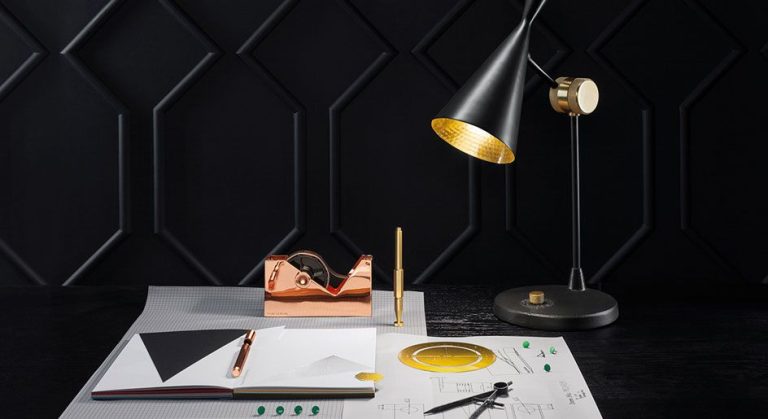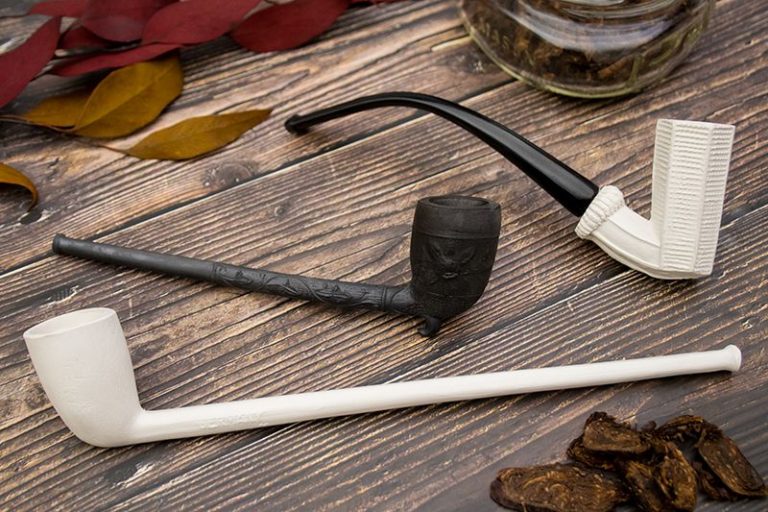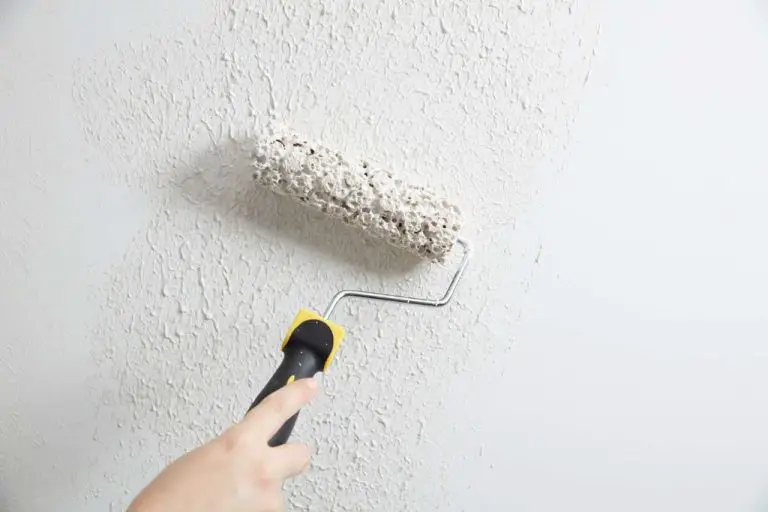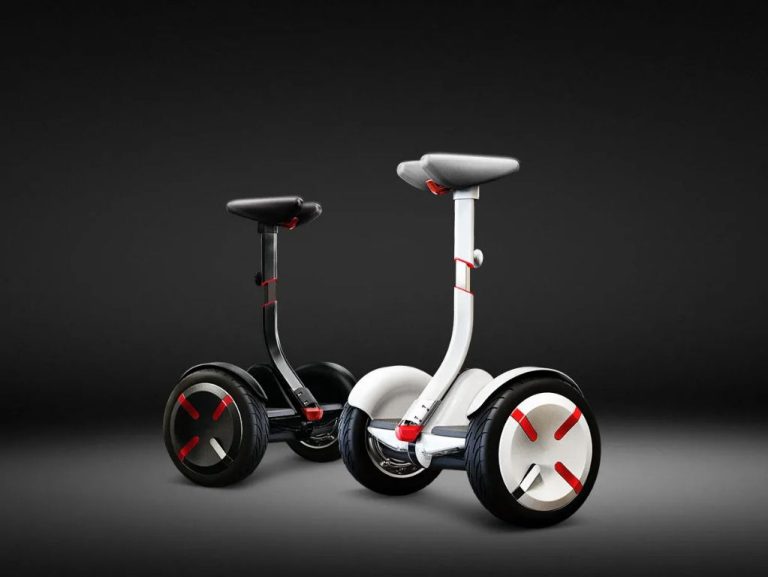How Do You Make A Big Box At Home?
A big box is a large cardboard box that can be created at home for a variety of purposes. Some reasons why someone may want to make a big box themselves include:
To store large or bulky items – A homemade big box provides lots of space to organize and store possessions. This can be useful for keeping seasonal items, memorabilia, kids’ toys, and more.
For moving house – Making customized moving boxes allows you to get the perfect sizes to fit your belongings. It’s often cheaper than buying new boxes.
For kids’ projects – Big cardboard boxes can provide endless fun and creativity for kids. They can make playhouses, forts, cars, and more.
For gift giving – A homemade big box can be decorated to hold a special gift for a loved one. The size alone helps make it extra memorable.
For events/parties – Custom big boxes make great props for events. They can also hold supplies or decorations to transport.
As a crafty challenge – Some people simply enjoy the process of making something themselves. Building a big box from scratch provides a satisfying DIY project.
Materials Needed
To make a large cardboard box at home, you’ll need some basic supplies and tools. The main material is cardboard itself. You can find large sheets of cardboard at home improvement stores, packing and shipping stores, or recycling centers. Opt for thick, corrugated cardboard for durability. According to Cardboard Box Craft, you’ll also need:
- Tape – Masking tape or duct tape work well to assemble the cardboard pieces.
- Box cutter – Use a sharp box cutter to precisely cut the cardboard.
- Ruler – A ruler helps measure and mark straight edges for cutting.
- Marker – Use a marker to draw lines on the cardboard before cutting.
With these basic supplies, you’ll have what you need to craft a custom cardboard box of any size at home. Just follow the steps outlined below. The end result will be a sturdy, handmade cardboard box suitable for a variety of uses.
Choose Box Dimensions
When making a big cardboard box at home, one of the most important steps is determining what size to make the box. The dimensions you choose will depend on where the box will be used and what items you intend to store inside. Here are some tips for choosing the right box size:
First, think about where the box will be located – will it be used for storing items in a closet, basement, garage, or attic? Measure the space where you plan to keep the box to ensure it will fit the area. Add a few inches to the measurements to give yourself some wiggle room.
Next, consider what you will use the box for. If it’s for storing off-season clothing, bedding supplies, or bulky toys, plan for a larger box. If it’s just for small trinkets or lightweight items, a smaller box will suffice. Make a list of everything you want to keep in the box to estimate what size would work best.
It’s better to go bigger than smaller if you’re unsure. You can always add dividers, organizers, or smaller boxes inside a large box to keep items separated. It’s harder to fit more in a box that’s too small. Measure any large or awkwardly shaped items you want to store and use those dimensions as a guideline.
Allow for some empty space at the top – boxes overstuffed to the brim won’t close properly. Leave an inch or two for wiggle room depending on the weight and size of items being stored.
Once you’ve factored in the intended use, location, and contents, you should have a rough idea of the ideal box dimensions for your needs. Scale up the size as needed to give yourself flexibility.
Cut the Cardboard Pieces
Cutting cardboard accurately is an important step to ensure your DIY large box turns out properly. Here are some tips for cutting cardboard safely and getting precise edges:
Use a sharp box cutter or utility knife to slice through the cardboard. Dull blades will tear the cardboard rather than making clean cuts. Run the box cutter along a steel ruler or yardstick to get straight edges. Apply firm, even pressure and go slowly to control the cut. Make multiple passes if needed to cut all the way through thick cardboard (see this source for guidance).
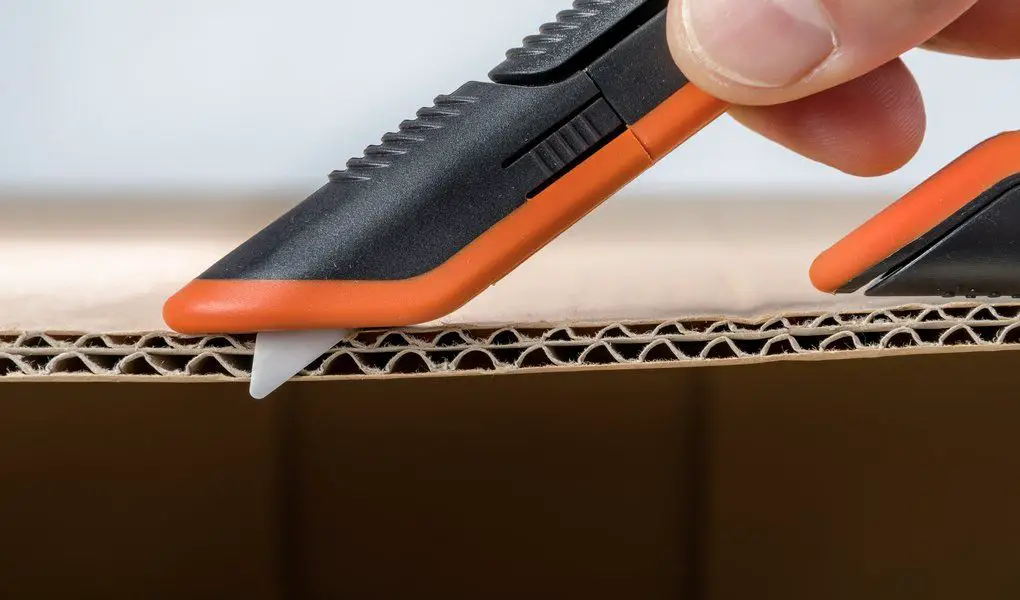
Cut on a flat, hard surface like a table or the floor. Put a piece of scrap wood or cardboard underneath to protect your work surface. Secure the cardboard so it doesn’t shift as you cut. You may want an extra pair of hands to help hold large pieces steady.
Measure twice and cut once to avoid costly measurement mistakes. Use a pencil to lightly mark your cutting lines before slicing with the box cutter. Plan where folds and seams will be so you don’t cut off important flaps or tabs.
Work slowly and carefully while cutting cardboard. Pay close attention so the blade doesn’t slip and cut you. Keep your fingers away from the cutting line for safety (see this video for cutting tips).
Change the blade frequently for optimum cutting performance. Discard dull blades and swap in fresh ones often. Proper tools and care will help you accurately cut cardboard to construct your oversized DIY box.
Assemble the Sides
To assemble the sides of the large cardboard box, start by laying the 4 sides flat on the ground or table. Make sure the flaps are folded inwards. Then, take a piece of packing tape or duct tape and apply it along the corners and edges of the first side panel. Line up the edge of the next side panel precisely so that the corners meet cleanly. Then carefully press down the second panel and tape the joint using more tape.
Repeat this process, joining one side panel to the next until all 4 sides are assembled into a large square or rectangular shape. Pay close attention to properly aligning the edges and corners as you work. Applying firm pressure as you affix the tape will result in a tighter seal. The goal is to end up with 4 taped sides that stand upright, with all inner flaps facing inward toward the center of the box. This forms the main structure to which the bottom will be attached. For tips on taping cardboard, see this guide.
Attach the Bottom
Once the sides of the box are assembled, it’s time to attach the bottom panel. This is a crucial step to ensure the box is sturdy and stable. Here are the steps for properly taping the bottom panel to the sides:
First, place the bottom panel inside the box so it sits flat against the bottom edges of the 4 sides. Make sure all edges are aligned evenly. To keep the bottom panel in place, put a small piece of tape on each of the 4 corners [1].
Next, lift one side flap and run a strip of packaging tape along the entire edge where it meets the bottom panel. Smooth the tape firmly to create a tight seal. Do the same for each of the remaining 3 flaps [2].
For extra strength, add an additional strip of tape to the underside of each seam along the bottom panel. The box bottom is now securely fastened.
Add Reinforcements
Reinforcing your large cardboard box is crucial to prevent it from collapsing under heavy weight. Here are some tips for reinforcing your homemade box:
Use extra tape on all the seams and joints. Focus on taping the corners and bottom edges especially well, as these are the most vulnerable areas for buckling or tearing. Consider using heavy duty shipping tape or duct tape to reinforce the stress points.
You can also reinforce the walls of the box by gluing or taping cardboard pieces vertically along the corners inside the box. Cut cardboard strips that span the entire height of the box and tape or glue them into each corner. This helps prevent the walls from bowing outward when stacked.
Additionally, cut two cardboard pieces the length and width of the bottom of the box and glue them in an X shape under the bottom panel. This will create a double-thickness bottom that can hold more weight without collapsing [1].
For extremely heavy objects, screw or nail thin wood strips along the corners and bottom edge of the box. The wood reinforces vital stress points. Just be careful when nailing not to poke through the other side of the cardboard.
With proper reinforcement for heavy loads, your homemade cardboard box can be made surprisingly sturdy. Focus on reinforcing the walls, corners, bottom, and high-stress areas, and test it before using by placing heavy books or other objects inside.
Decorate the Box
Once your large cardboard box is constructed, you can decorate and personalize it. Get creative with paint, paper, fabric and more. Here are some decoration ideas:
Paint the entire outside of the box or just the edges. Acrylic or spray paint works best on cardboard. Add patterns with painted shapes, stripes or polka dots. Refer to this Pinterest board for painted box inspiration.
Cover the box in wrapping paper, scrapbook paper or fabric for a quick makeover. Glue paper down with a glue stick or adhere fabric using spray adhesive. Wrap paper around the sides and tape or staple in place.
Label your box so you know what’s inside. Use a permanent marker directly on the box or get creative with vinyl lettering, printed labels, or handmade tags.
Add decorative elements like ribbon, raffia, pom poms, silk flowers, lace or washi tape. Affix embellishments along the seams or edges for additional flair.
Personalize your box with photos, memorabilia or mementos that are special to you. Decoupage printed photos on the lid or sides for a cherished time capsule.
Use Your Creation
Once your large cardboard box is assembled and decorated, it’s time to put it to use! This DIY big box can be used for a variety of fun activities and storage solutions. Here are some ideas:
Fill with blankets, toys, sports equipment, etc. – A large cardboard box makes for a great place to corral all sorts of toys, sports balls, foam play equipment, blankets, and other items. Let your kids fill it up with their favorites for easy access to hours of entertainment.
Troubleshooting
Making a large cardboard box requires precision and care. Even with the best preparation, you may encounter some issues when constructing your box. Here are some common problems and tips for troubleshooting:
If your box feels flimsy or lacks structural integrity, you may need to add more reinforcements. Try adding additional cardboard strips along the edges or corners for extra support. You can glue or tape these reinforcements in areas that seem weak (Insite Packaging, 2021).
Pay attention to the quality and grade of the cardboard you select. Low grade cardboard is more prone to buckling or collapsing when weight is added. Choose a thicker, denser cardboard marked “double wall” for durability (Insite Packaging, 2021).
Make sure cardboard pieces fit together snugly without major gaps. Gaps can cause instability and eventually lead to collapse. If gaps are present, add cardboard shims or strips to tighten up the connections (Tescon Instruments, n.d.).
Check that all seams and joints are properly sealed with tape or glue. Any unsecured seams are vulnerable points that compromise strength. Run your hand along each seam to test for tightness and re-tape as needed (RSI Industrial, 2020).
By carefully inspecting trouble spots and making adjustments, you can create a box that is optimized for size, strength, and longevity.


